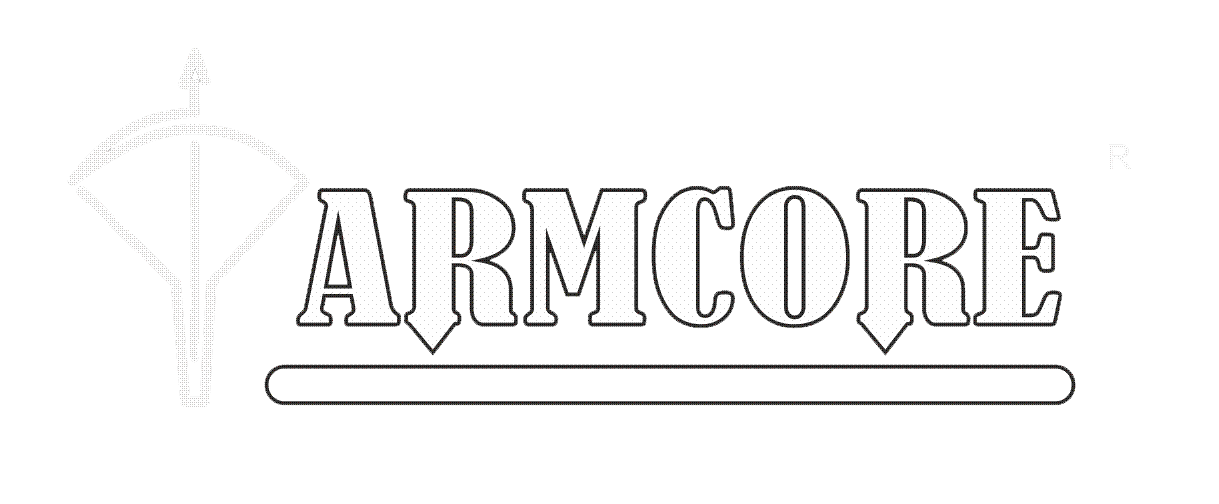Technology
Our company performs a full cycle from engineering to manufacturing. The development of our products is carried out with "end-to-end project design" method in CAD systems which allows to reduce the terms of preparation and production. Thanks to 3D modeling and production of samples with a 3D printer the likelihood of design errors goes down and makes it possible to evaluate ergonomics which is very important for our products.
The basis of our equipment is CNC machines which make possible not only to produce samples, but also to manufacture small batches of our products.
Our company has organized an area for working with composite materials.
We create products of our own design and, moreover, we offer services for carbon fiber reinforced plastic manufacturing. Currently, our production is focused on weapons though it is not limited to it. We produce spare parts for sports and hunting crossbows.
Our company has the full cycle of manufacturing ranging from sketches or 3D modeling to a final product. Spare parts are carried out with various methods, such as vacuum infusion, RTM, RTM Light, carbon fiber lamination and also a technology of "pre-impregnated" composite fibers.
Our products are made entirely of carbon fiber or fiberglass using sandwich materials in full compliance with the technology, so all the parts are subjected to pressure and heat treatment. Carbon in our products is not a glued top layer, but the structure of the material.
Carbon is a high-tech modern material used in aerospace, automobile, sports, construction and other industries. Recently it has become increasingly popular due to its outstanding physical and mechanical properties such as strength and lightness. Constraining factors in its distribution are the high price of the material and the complexity of the technology for manufacturing products from it.
Vacuum infusion is a process where vacuum is created in the working cavity of the mold by means of a vacuum bag which results in absorbing the resin and impregnation of the reinforcing materials due to pressure differences.
This process requires a much larger amount of equipment than manual molding and therefore the production of the first sample costs more. Nevertheless all the tools and some part of the material can be reused. This process enables to produce the product of the highest quality, in particular, carbon fiber products. Comparing with manual molding the highlighted process provides a lot of advantages:
• better resin-to-fiber ratio (increased strength, resin saving);
• the reduction of air content in the laminate (increased strength);
• resin saving;
• the reduction of emissions of harmful substances;
• "sandwich" structures can be made in one step.
The vacuum infusion approach means that the vacuum is applied before laminate is saturated with resin. Unlike other methods, which imply a larger amount of resin where the excess amount is subsequently removed, the infusion allows only the necessary amount of resin to enter the reinforcing material. In case excess resin ejection happens, it will enter the vacuum line. As a result, the weight goes down, the stiffness increases, the properties of resins and reinforcing agents are made full use of.
It is important to note that infusion is a very clean process. There is no need for brushes or rollers because resin does not spill and does not spray. The worker does not stain clothes and hands, and, moreover, he does not need a respirator because there are no harmful fumes of tar. The infusion process is much cleaner, safer and offers the best friendly working environment.
